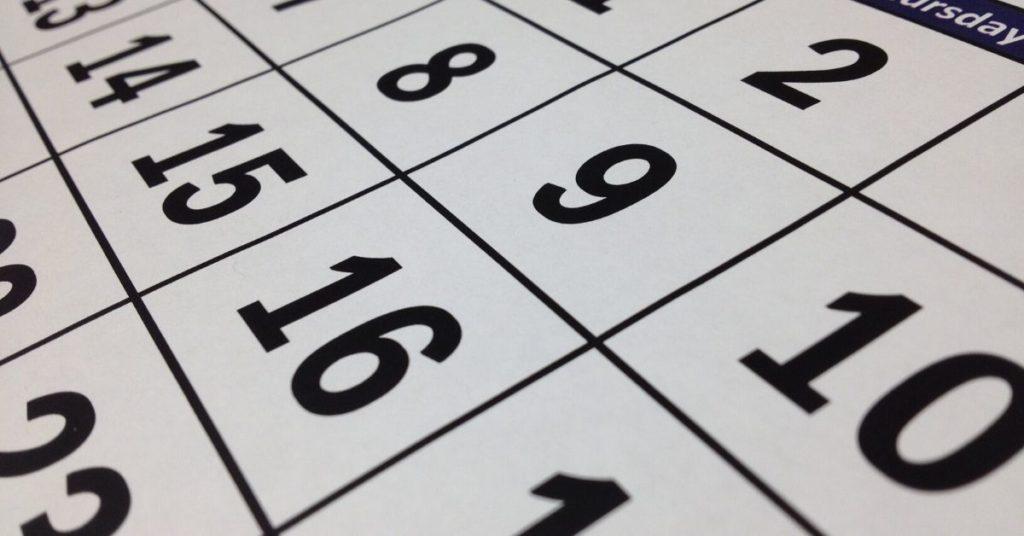(Updated on January 1, 2021) Have you ever wondered what to do with all those old, unused calendars and planners stashed somewhere in your house? Good news: You can still use them in the future. All you need to figure out exactly when you can use them is some good old math.
There are two factors that determine the configuration of a specific year’s calendar: The number of days in that year, and the day of the week January 1 will fall on. There are 365 days in a regular year, and 366 days in a leap year. Additionally, each year will start on one of the seven days of the week.
Multiplying the possible types of year (2) by the days of the week (7) will get you 14 calendar variants.
For example, if you had calendars and planners from 1993, 1999, or 2010 lying around, you can use them in 2021, which is not a leap year (and also in 2027—six years from now—if you like planning way, way ahead).
If that sounds neat to you, then you should also hold on to your unused calendars and planners from 2011, because you can use them in 2022. (The lunar events and daylight savings adjustments indicated on your old calendars probably won’t match the new year, of course, but that’s not a big deal, right?)
Still remember your 5th-grade science classes? Test your knowledge and see if you still remember these facts and fundamental concepts in human anatomy, biology, botany, and other branches of science. Click here to try the “Are You Smarter Than A Pinoy Fifth-Grader” Challenge.
Follow the hashtag #FlipFacts on Facebook and Instagram to get your daily dose of science trivia!
Image: Pexels
References
- http://mathforum.org/library/drmath/view/59238.html
- https://brokensecrets.com/2010/01/28/there-are-only-14-possible-calendar-configurations/
- http://whencanireusethiscalendar.com/moreinfo/
- https://www.timeanddate.com/calendar/repeating.html?year=2020
Author: Mikael Angelo Francisco
Bitten by the science writing bug, Mikael has years of writing and editorial experience under his belt. As the editor-in-chief of FlipScience, Mikael has sworn to help make science more fun and interesting for geeky readers and casual audiences alike.







